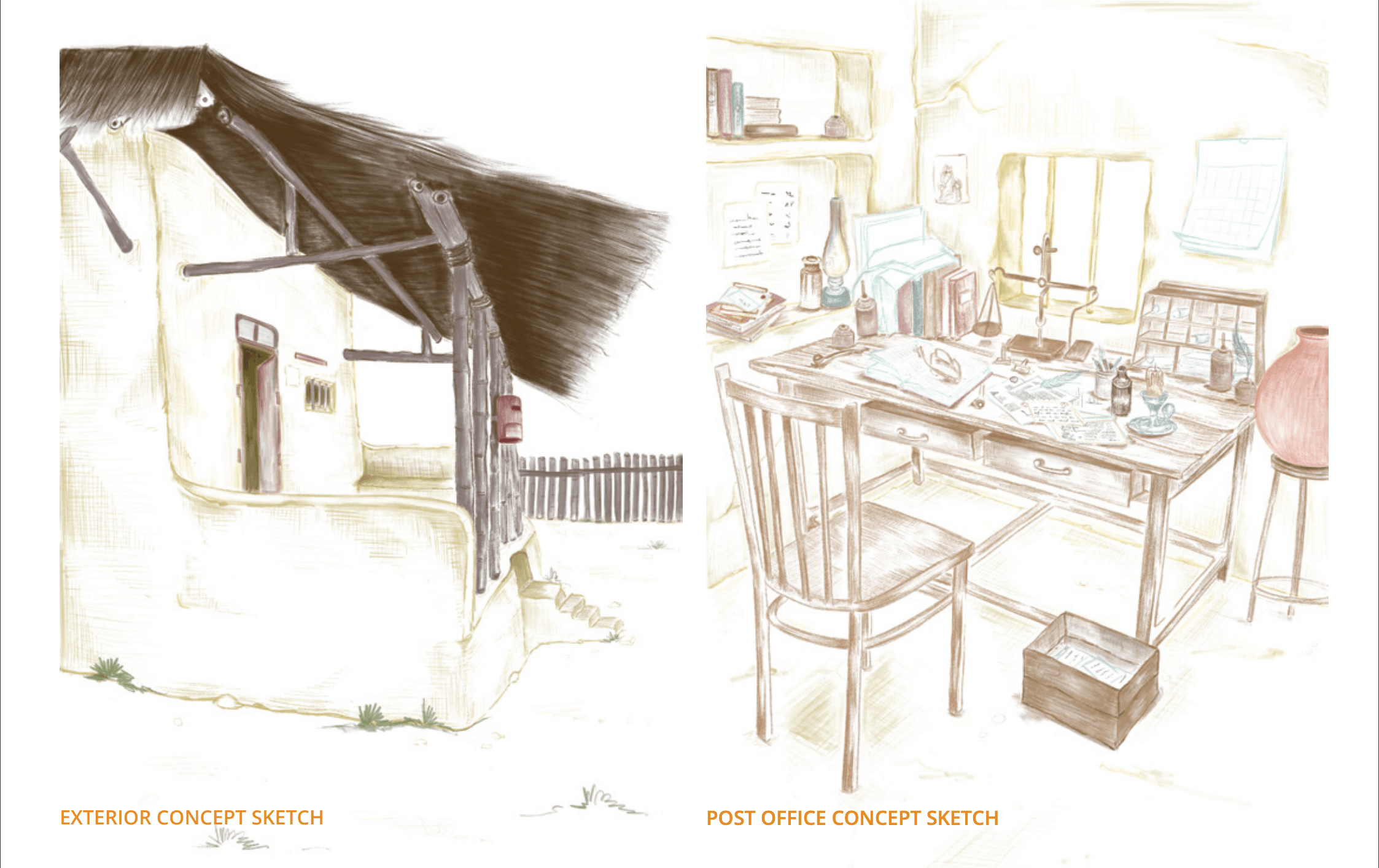Meet Purnima Bhutoria | Production Designer & Visual Artist


We had the good fortune of connecting with Purnima Bhutoria and we’ve shared our conversation below.
Hi Purnima, do you disagree with some advice that is more or less universally accepted?
One piece of conventional advice I disagree with is *“Stick to one path and specialize early.”*
Throughout my journey, I’ve found that exploring different creative disciplines—graphic design, photography, filmmaking, and production design—has only enriched my work. If I had forced myself to specialize too soon, I might never have discovered my passion for storytelling through spaces. The risks I took, from switching majors to studying abroad and stepping into the unpredictable world of filmmaking, shaped my perspective in ways a linear path never could.
For me, creativity thrives in exploration. Every skill I’ve picked up along the way—whether in visual composition from graphic design or world-building from photography—feeds into my work as a production designer. Had I limited myself to one rigid path early on, I wouldn’t have developed the multifaceted approach that defines my work today.
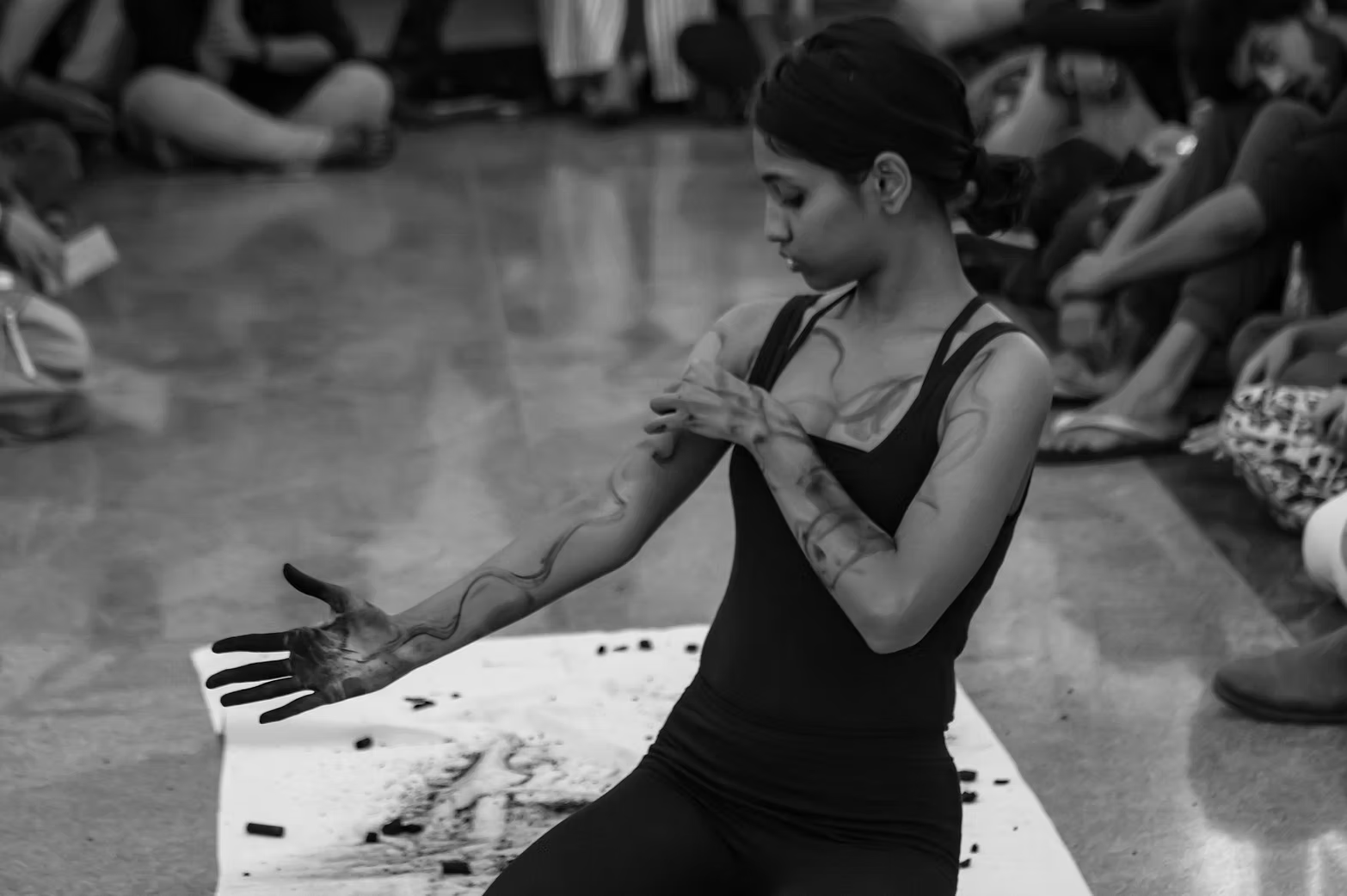
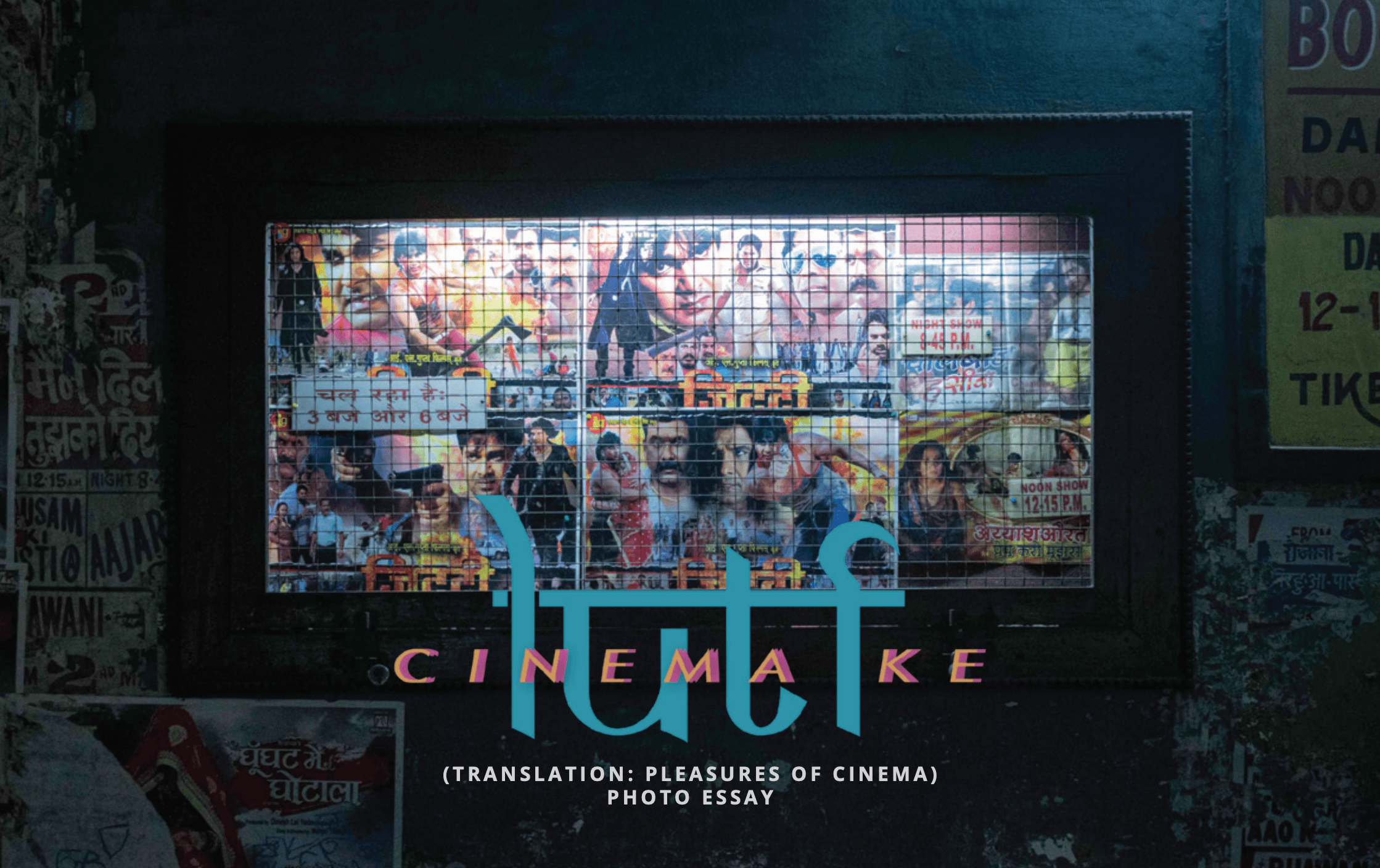
Can you open up a bit about your work and career? We’re big fans and we’d love for our community to learn more about your work.
As a child, I remember receiving a ‘C’ in Art. For the exam, we were asked to draw a house—I drew one in the shape of an ice cream. My kindergarten teacher didn’t approve. I explained that I had seen houses like this in Hansel and Gretel and was convinced they were real. In my mind, if a witch like that could exist, she could certainly build such a house. Looking back, I realize that was the moment when my curiosity for imagined worlds—ones built for the screen—was first sparked.
My introduction to design, however, came much later. I began with graphic design, which shaped my understanding of visual weight and composition. That foundation naturally pulled me towards exploring various other visual mediums — life drawing, illustration, painting, photography, filmmaking, performance arts, and creative writing. My growing fascination with filmmaking led me to switch my focus to films.
During my undergraduate program in India, I worked extensively on documentaries, photo essays and even performance art, which deepened my interest in the relationship between spaces and the people who inhabit them. Classes analyzing world cinema—its characters, sets, cinematography, and storytelling—further fueled my admiration for production design. I was in awe of how designers around the world created immersive environments that pushed the boundaries of visual storytelling. Over time, my fascination with spaces found its own language, and I naturally gravitated toward Production Design.
At my core, I am still the same curious child who once drew an ice-cream house and questioned why it couldn’t exist. I believe that, when shaped with intention, a space can be anything—it can hold memories, emotions, and even play a character of its own. My job is to design spaces that not only feel real but resonate with the essence of the stories they inhabit. My passion for world-building continues to drive me, pushing me to refine my craft and expand my practice as a multifaceted global designer.
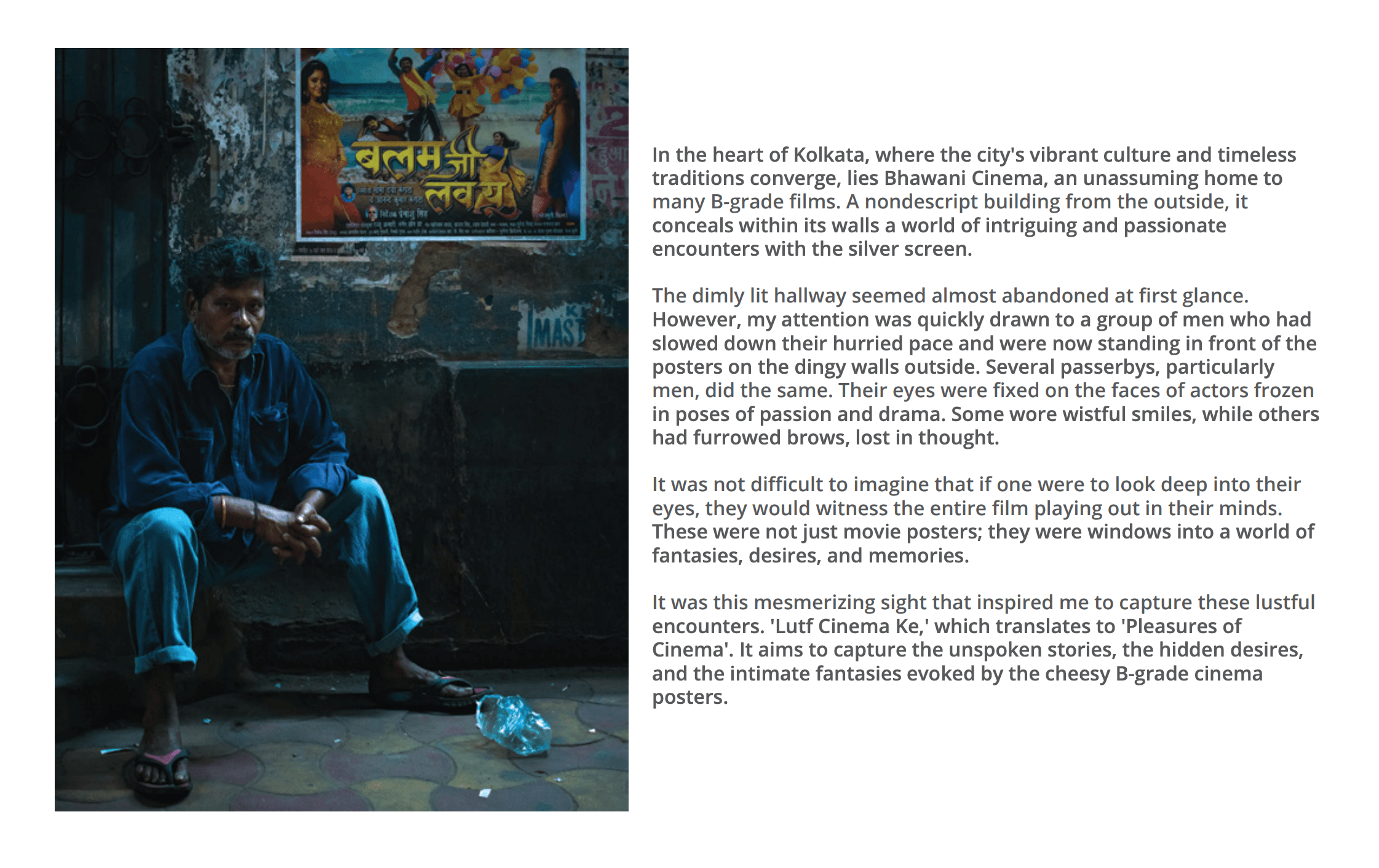

If you had a friend visiting you, what are some of the local spots you’d want to take them around to?
Exploring the city’s cinematic history, its diverse architecture, and its creative spaces with a friend who shares my curiosity would make for an unforgettable experience, so the following would be our itinerary for the week:
Day 1: Hollywood Walk of Fame, TCL Chinese Theatre, Academy Museum of Motion Pictures
A visit to Hollywood Boulevard is essential to soak in the legacy of cinema. Seeing the handprints of legendary filmmakers at TCL Chinese Theatre would be a surreal experience, knowing these hands have shaped the worlds I admire.
The Academy Museum of Motion Pictures would be a deep dive into the art and craft of filmmaking—learning about production design through iconic film sets, costumes, and props.
Day 2: Warner Bros. Studio Tour
Walking through actual film sets, soundstages, and backlots would offer a firsthand look at the intricate world-building that goes into filmmaking. It would be fascinating to see how different productions transform the same spaces into vastly different stories—something that directly connects to my love for production design.
Day 3: Getty Center
The Getty Center, designed by Richard Meier, is an architectural masterpiece with its modernist approach, light-filled spaces, and stunning views of the city. The way the museum plays with natural light and spatial movement would be an interesting study in visual composition.
Day 4: The Broad, MOCA, ROW DTLA
The Broad Museum and Museum of Contemporary Art (MOCA) house some of the most thought-provoking contemporary art, which could inspire new ideas for visual storytelling.
Exploring ROW DTLA, a creative hub filled with design studios and concept stores, would be a way to connect with local artists and see how design is evolving in different forms.
Day 5: Venice Beach & Santa Monica – Spaces & Stories in the Everyday
Observing how public spaces shape human interactions is something that naturally fascinates me.
Day 6: Griffith Park & Mulholland Drive
The Griffith Observatory, apart from its breathtaking views, is an iconic filming location (La La Land, Rebel Without a Cause). It’s a place where the vastness of the city meets cinematic history.
Driving along Mulholland Drive, a road deeply associated with Hollywood lore and David Lynch’s surreal storytelling, would be an eerie yet fascinating experience.
Day 7: A Day of Reflection & Personal Inspiration
Spending time at the Huntington Library & Botanical Gardens, which has architecture from different periods and lush landscapes, would be a quiet moment to reflect on how spaces, nature, and art intertwine.
Ending the trip with a sunset in Malibu, watching the waves crash, would be a perfect way to absorb the week’s inspirations.
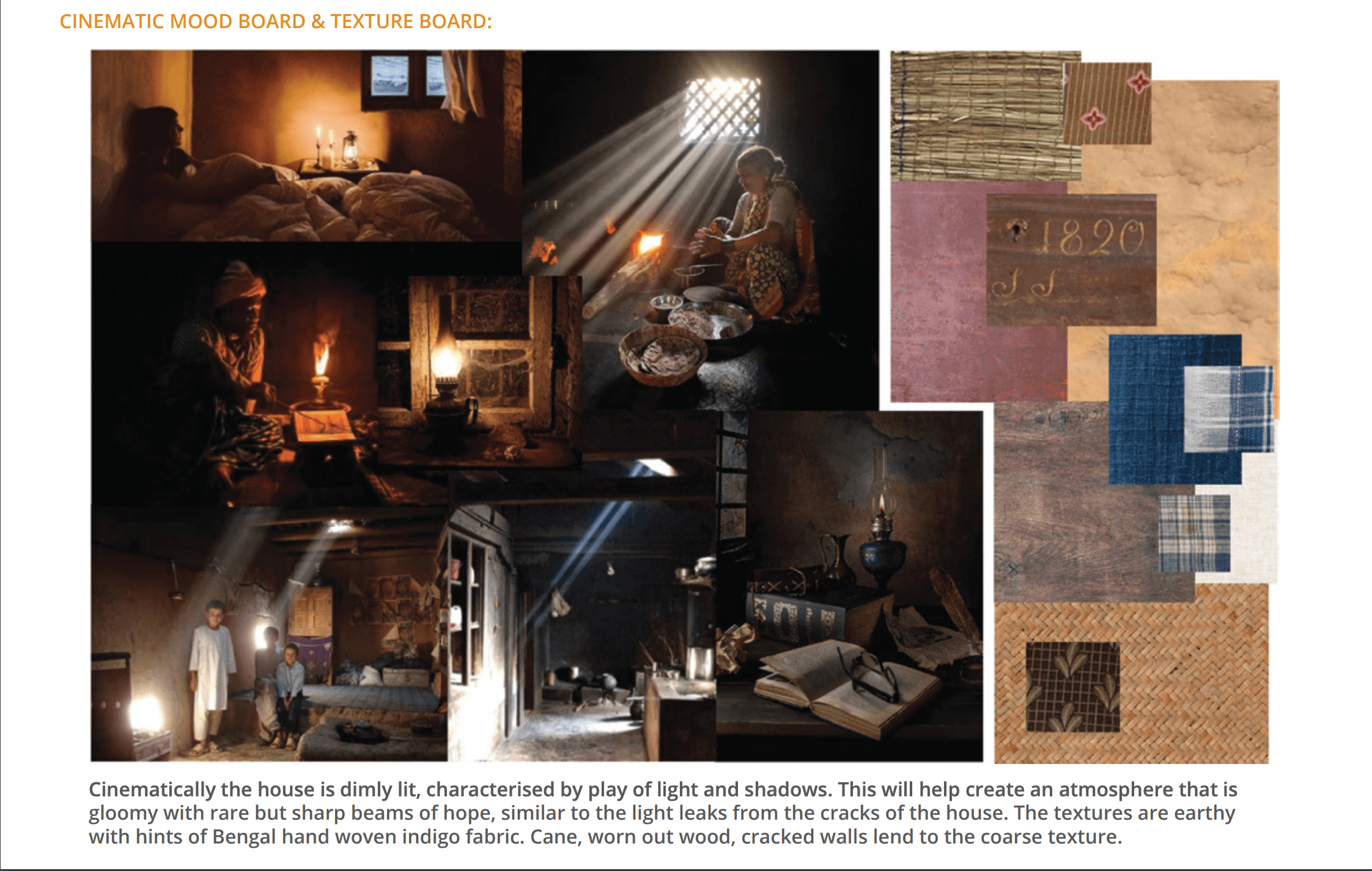

Shoutout is all about shouting out others who you feel deserve additional recognition and exposure. Who would you like to shoutout?
I owe so much of my journey to the unwavering support of my friends and family. Pursuing a creative path, especially one that involves risk and constant reinvention, isn’t always easy. Yet, knowing that I had people who believed in me—who encouraged my explorations, stood by me in moments of uncertainty, and celebrated my growth—has made all the difference. Their support has given me the confidence to take bold steps, whether it was switching my field of study, working in different parts of the world, or taking time off to refine my craft.
In many ways, I am a product of both my roots and my journeys. My Indian heritage grounds me, my travels broaden my vision, and the love and support of my close ones give me the strength to keep pushing forward.
I also find a lot of inspiration in photography. Photographers like Sohrab Hura and Akshay Mahajan inspire my work because of the way they approach spaces, memory, and storytelling. Their photography is not just about capturing moments—it’s about evoking emotions, layering narratives, and revealing the unseen aspects of a place.
Sohrab Hura’s work, especially in projects like ‘The Coast’ and ‘A Proposition for Departure’, resonates with me because of how he uses spaces to tell deeply personal and often fragmented stories. His raw, immersive visual language makes me think about how spaces hold memories—not just in a literal sense, but in an emotional, almost subconscious way. His ability to blur the line between documentary and fiction challenges me to push the boundaries of how I design spaces for film. I want my production design to feel lived-in, to carry echoes of the people who have inhabited them, much like his images do.
Akshay Mahajan, on the other hand, has a way of capturing cities and their overlooked corners, turning them into narratives of their own. His exploration of history, nostalgia, and architectural storytelling aligns closely with my own fascination with how spaces shape human experiences. His photographs often feel like remnants of a forgotten world, where walls, streets, and interiors become silent witnesses to time. That perspective deeply influences how I think about the environments I create in film—how a set isn’t just a backdrop but a character with its own history and mood.
Both of them remind me that storytelling isn’t just about people—it’s also about the spaces they move through, the textures that surround them, and the emotions those spaces evoke. Their work pushes me to think beyond aesthetics and focus on how I can infuse depth, history, and soul into the spaces I design.
Website: https://purnimabhutoria.wixsite.com/website
Instagram: @purrnima_
